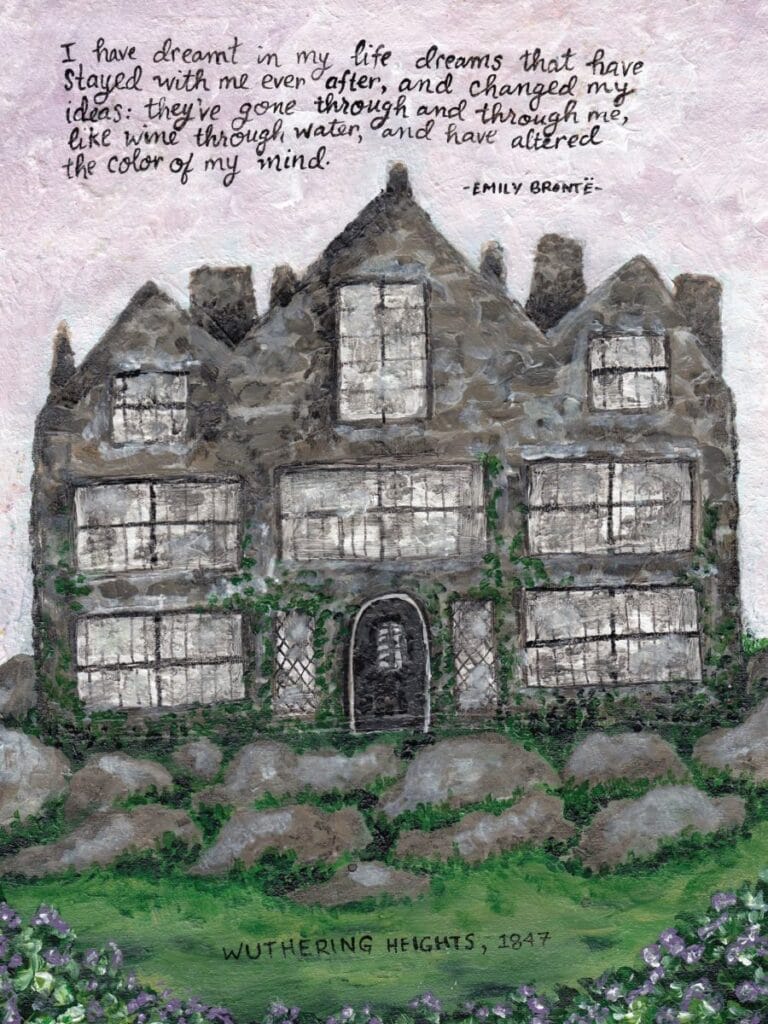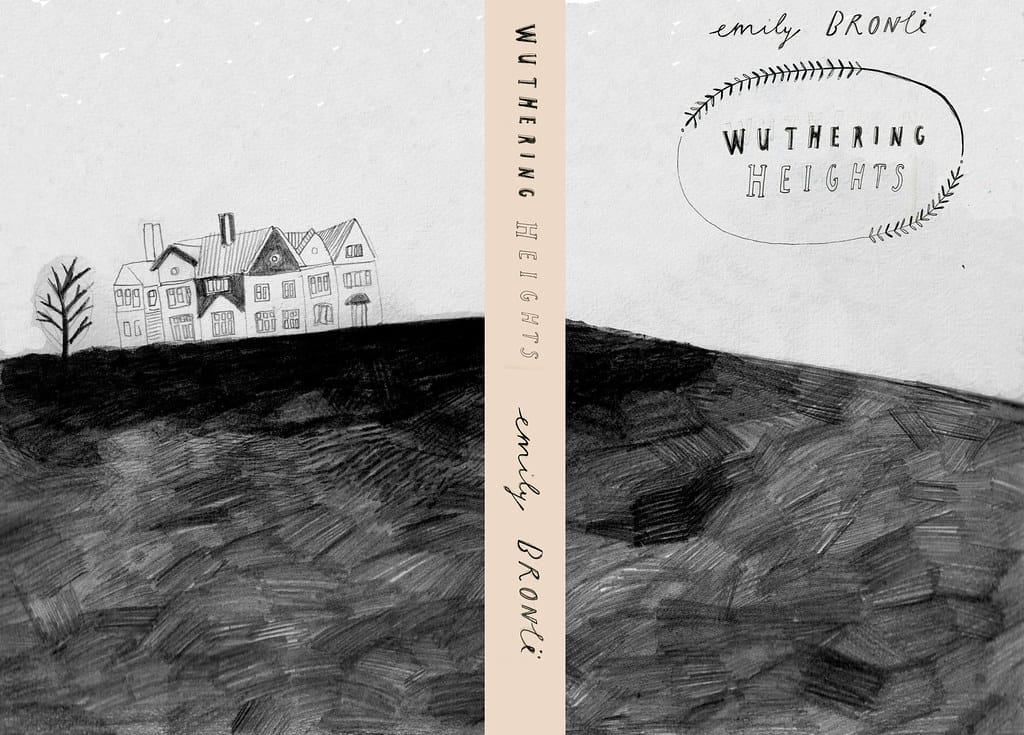October, the liminal month that bridges the fiery passion of summer and the quiet death of winter, is itself a character—haunting, melancholic, and achingly beautiful. It is in this fleeting moment, where the world stands between life and decay, that Wuthering Heights demands to be read again. Emily Brontë’s gothic masterpiece, with its wild, windswept moors and tumultuous emotions, thrives in the autumn air. Here are ten reasons why October is the ideal time to be swept back into the world of Heathcliff, Catherine, and the desolate heights.
1. The Moors Come Alive in Autumn
The Yorkshire moors, bleak and unyielding, are as much a character in Wuthering Heights as Heathcliff or Catherine. In October, when the world outside mirrors the gray skies and russet tones of Brontë’s setting, the connection between fiction and reality feels seamless. The rustling of leaves, the sharp scent of damp earth—these elements transport the reader directly to the Heights, where the moors whisper with the same wild energy that runs through the novel.
2. The Atmosphere of Decay and Transformation
October is a month of transformation—leaves fall, days shorten, and the world retreats into itself. This natural decline mirrors the emotional decay that permeates Wuthering Heights. Heathcliff’s obsessive love, Catherine’s torment, and the cycles of revenge all feel at home in autumn, where decay is inevitable, and yet, paradoxically, beautiful. As the year dies around you, the novel’s themes of death, love, and revenge seem all the more poignant.

3. The Chill in the Air Mirrors the Story’s Darkness
As October’s crisp air chills your skin, it’s hard not to draw parallels with the cold, almost cruel emotional landscape of Wuthering Heights. The novel’s characters are driven by raw passions, but their love is often more ice than fire. The sharp bite of October wind serves as a perfect backdrop for the cold, relentless nature of Heathcliff’s revenge and the icy distance between the living and the dead.
4. The Veil Between Worlds is Thinner
October, with its proximity to Halloween, carries with it an ancient sense that the veil between the living and the dead is thin. Ghosts are said to walk more freely, and spirits whisper on the wind. In Wuthering Heights, the presence of the supernatural is palpable—Catherine’s ghost haunting Heathcliff, the specters of lost loves wandering the moors. Re-reading the novel in October heightens this sense of eerie otherworldliness, as if Catherine herself might come knocking at your window.
5. The Dying Light Matches the Novel’s Gloom
There’s a certain melancholia in October’s fading light. The days grow shorter, and twilight arrives earlier with every passing week. The shifting of light and shadow mirrors the emotional depth of Wuthering Heights, where darkness constantly looms over the characters. The novel’s brooding tone fits snugly into October’s twilight hours, when the world feels both poetic and menacing.

6. Heathcliff’s Stormy Heart Matches October’s Weather
Heathcliff, that fierce embodiment of passion and rage, is like October itself—a blend of wildness and melancholy. Just as the weather in October can shift from golden afternoon to violent storm, so too does Heathcliff’s temperament. The tumultuous weather of this month serves as a physical manifestation of Heathcliff’s inner storms, making every gust of wind feel like an echo of his suffering.
7. The Theme of Isolation Resounds Stronger
In Wuthering Heights, isolation is a key theme—physical, emotional, and psychological. The characters are often cut off from one another, trapped in their own misery. October, with its lonely landscapes and retreat from summer’s warmth, brings a sense of solitude. The creeping isolation of autumn mirrors the novel’s exploration of emotional isolation, making the reader feel all the more connected to the novel’s isolated setting and characters.
8. October’s Sense of Nostalgia
Autumn often brings with it a deep sense of nostalgia. The changing leaves remind us of the passage of time, of loves lost and youth faded. In Wuthering Heights, characters are haunted by their pasts, their memories, and their regrets. October’s bittersweet beauty amplifies the novel’s themes of longing and loss, as if each falling leaf is a reminder of Catherine and Heathcliff’s doomed love.

9. Autumn’s Symbolism of Cycles
The natural cycle of life and death becomes most apparent in autumn, when the world dies back in preparation for winter. In Wuthering Heights, cycles of revenge, pain, and loss repeat themselves across generations. Just as autumn leads to winter’s dormancy before the rebirth of spring, the novel explores how love and pain continue to circle through time, affecting not only the characters but their descendants. October’s cycle of life and decay offers the perfect metaphor for the novel’s exploration of eternal themes.
10. October’s Poetic Melancholy
There’s a poetry to October—a beauty in the quiet, the stillness, and the soft resignation to winter’s approach. This melancholy beauty echoes the soul of Wuthering Heights, a novel steeped in longing and unfulfilled desire. The month’s inherent sadness and its fleeting nature evoke the same emotional response as Brontë’s masterpiece. Re-reading Wuthering Heights in October feels like embracing the poignant truth that beauty and sorrow often walk hand in hand.
In the end, October and Wuthering Heights share a common spirit—both are raw, elemental, and achingly beautiful. As the world outside your window descends into autumn’s embrace, there’s no better time to let the windswept moors and tragic passions of Brontë’s novel consume you once more. In October, Wuthering Heights isn’t just a book—it’s an experience.









